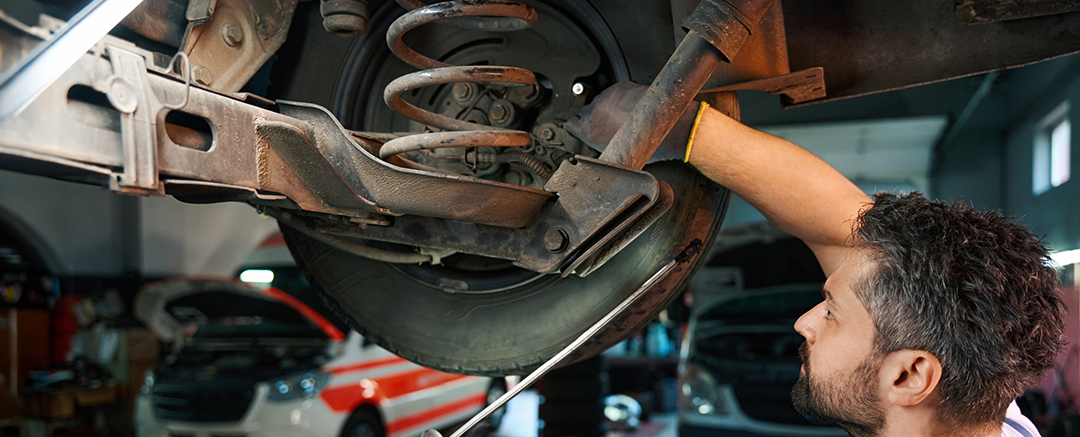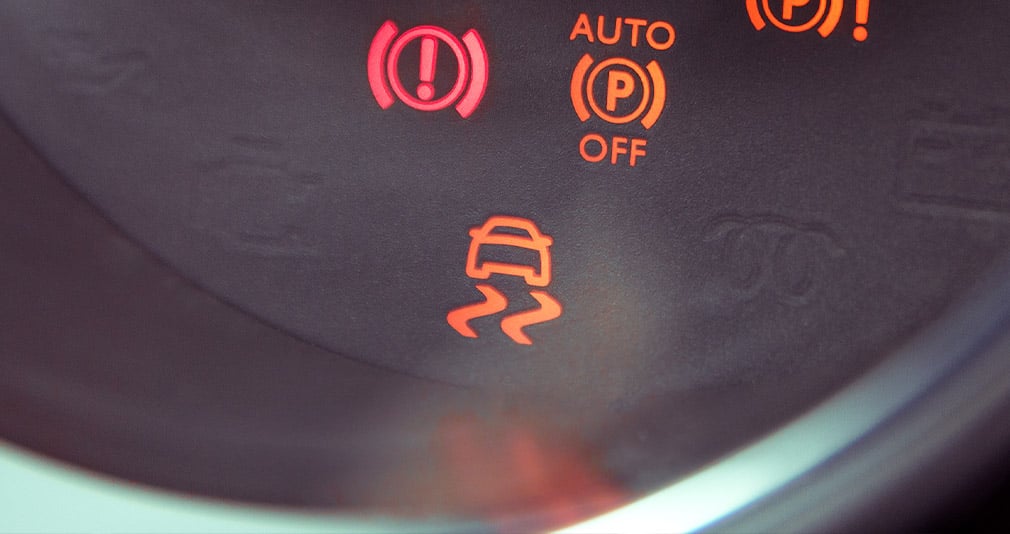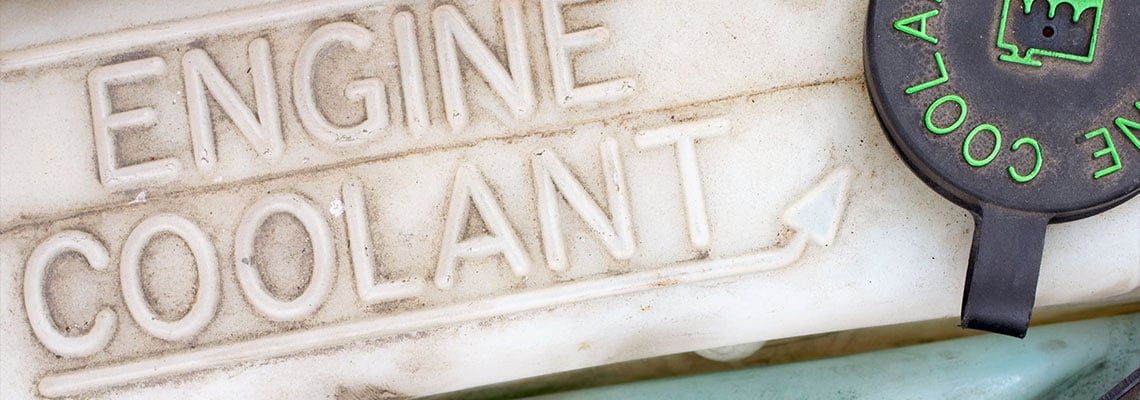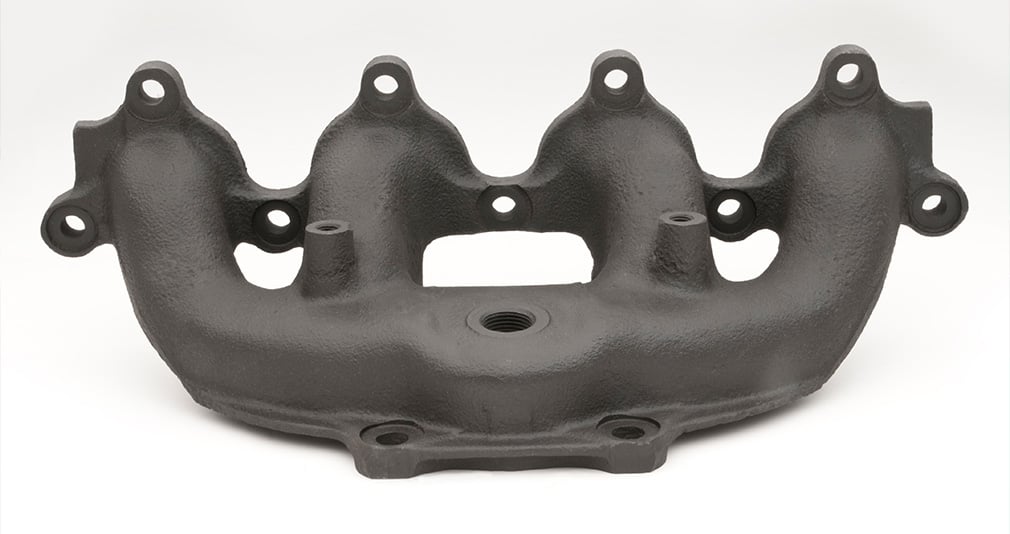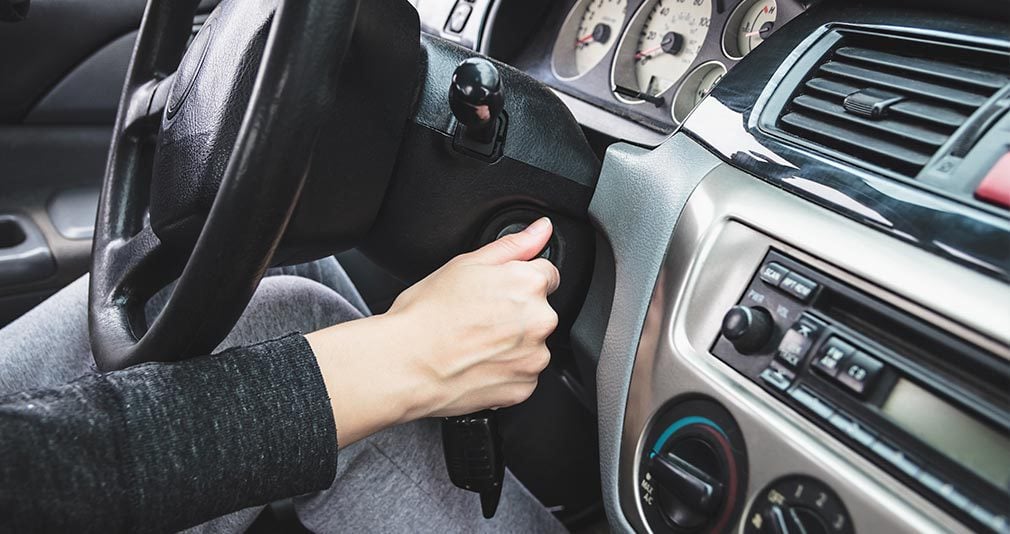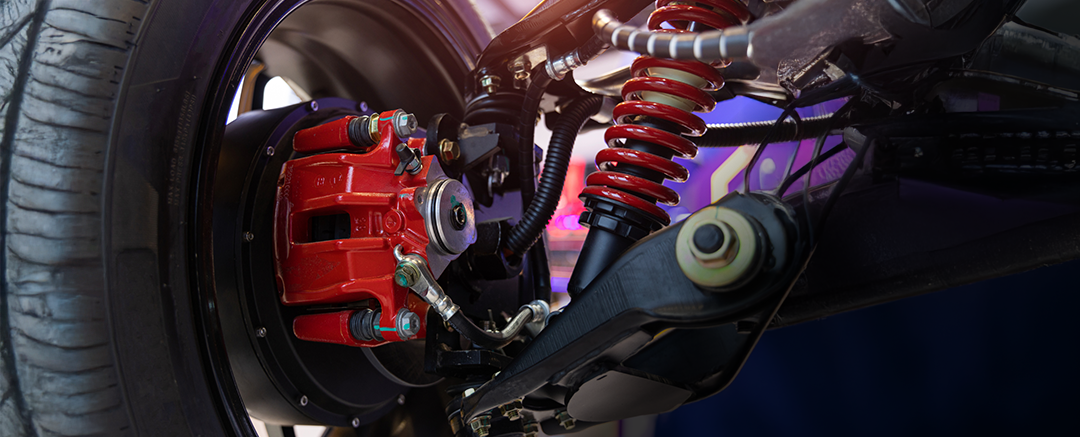City crews work overtime to keep the potholes filled here in Cleveland, but one (or a few!) may have already done its dirty work to your vehicle. Pothole damage can range from blown tires and cracked or bent rims to suspension system problems.
How do you know if your suspension system has been a casualty of one of Cleveland’s infamous potholes? Read on for some common symptoms of suspension problems, along with tips on how to keep your suspension system running smoothly and safely.
What Is the Suspension System?
The suspension system is the oft-forgotten superstar of our vehicles that is responsible for keeping your passengers safe and your ride smooth. It absorbs the shock from uneven terrain (such as potholes) and ensures your tires maintain continuous contact with the road.
It’s made up of several shock-absorbing components:
- Coil springs. Springs support the vehicle’s weight and absorb the impact of road irregularities. Various types of springs are used in suspension systems, but the most common are coil springs.
- Shock absorbers. Shock absorbers (shocks) control the movement of the springs and suspension. They dissipate the energy the springs absorb, ensuring that your car doesn’t bounce continually after hitting a bump.
- Struts. Struts are a structural part of the suspension system, combining the coil spring and the shock absorber into one unit. A vehicle will have either shocks or struts but not both in the same position. It is possible to have struts in the front and shocks in the rear.
- Control arms. Control arms are links that connect the frame of a vehicle to the steering knuckle or wheel-hub assembly. They move up and down alongside springs when a car goes over a bump or other hazard, helping the tires maintain contact.
- Ball joints. Ball joints are important parts that help the vehicle turn left and right for turns. They also help the control arms with their up-and-down motion.
Signs Your Suspension System Is in Need of Help
These suspension components take a beating daily from salt, snow, potholes, rocks and gravel, railroad tracks, and the occasional unavoidable road debris that drivers don’t see until it’s too late. Here are some common issues with your vehicle's suspension system and how to diagnose which part might be causing a problem.
1. Rough Ride. The most common sign of a suspension system in need of repair is a rough, uncomfortable ride. If every bump in the road feels like a crater on the moon and you feel vibrations through your steering wheel, then it’s probably time to get your suspension looked at. This indicates that your shocks have been compromised.
2. Leaking Fluid. Another sign that your shocks are shot is fluid leaking under your car. Shock absorbers contain fluid to minimize bouncing, so when you see fluid leaking, it’s time to give your mechanic a call.
3. Difficulty Steering. You may also notice reduced control of your steering wheel since the steering system is directly tied to the suspension system. You may feel your vehicle pulling or drifting when making a turn.
You may also feel the body of your vehicle sway or rock in crosswinds. When this starts to happen, take extra caution. Your chance of rolling your vehicle, especially a higher-profile vehicle such as a truck, increases. Find a trusted mechanic right away.
4. Uneven Tire Wear. Wear and tear on your tires is normal and expected. However, suspension system problems can cause your tires to make uneven contact with the road. This can be determined by looking at the wear patterns on your tires.
If one tire is wearing down more than the others, bald patches are appearing, or the tread is wearing down in a wavy pattern, this means that the wheels have become imbalanced or improperly aligned and are not making optimal contact with the road. You’ll likely need to have both the suspension and tires looked at to make sure all parts are operating correctly.
5. Braking Problems. Another sign it’s time to have your suspension system maintained is when you feel your vehicle lurch forward and downward when you press on the brakes. It may also take longer to come to a full stop. This is a definite sign it’s time to see a professional, as braking problems can be a hazard to everyone on the road.
6. Loud Noises. Loud noises coming from your vehicle are never a good sign. When your suspension is bad, you might hear clunking, rattling or squeaking sounds. These sounds could be coming from the ball joints or control arms.
If you hear sounds coming from your tires, this could be caused by your struts bottoming out, which means broken struts are not far behind. Driving with broken struts has a domino effect and can cause damage to the ball joints, wheel hubs and other components of the suspension.
Which Vehicles Are Susceptible to Suspension Problems?
The short answer is — all of them. No one car is more prone to suspension issues than another. However, if you drive a car with a higher center of gravity, like a truck, SUV or van, then you are more in danger of a rollover accident when your steering is compromised.
How Can You Prevent Suspension Problems?
To prevent suspension system problems in your vehicle, you can follow these essential tips:
1. Regularly Rotate Your Tires. Rotating your tires every 3,000 to 5,000 miles helps promote even wear and tear, reducing stress on the suspension components.
2. Routinely Check Your Tire Pressure. Maintaining the recommended tire pressure ensures optimal contact with the road, placing less strain on your car’s suspension system.
3. Replace Worn-Out Parts. Replace worn-out suspension parts like springs, shock absorbers, struts, control arms and ball joints to prevent serious damage and safety hazards.
4. Always Use High-Quality Parts. When replacing suspension parts, use high-quality parts designed for your specific vehicle to avoid future problems and ensure safety.
5. Avoid Overloading the Vehicle. Overloading the vehicle can stress the suspension system, leading to faster wear and potential damage. Avoid exceeding the vehicle's weight limits.
6. Align Wheels Periodically. Regular wheel alignment prevents uneven tire wear and bumpy rides, maintaining a properly aligned suspension system.
7. Drive Carefully. Avoid rough driving, driving over potholes at high speeds, and driving on rough roads to prevent damage to the suspension system and ensure safety.
Remember, bringing your vehicle in for regular maintenance will prevent small problems from becoming larger, more expensive ones! It’s also worthwhile to get checked out right away if you hit a pothole to ensure that minimal damage gets stopped in its tracks and doesn’t have a cascading effect on your suspension system.
Need to report a pothole? Call the city of Cleveland Citizen Support Specialists at 311 or (216) 664-2000. Need a suspension check? Stop by your neighborhood repair shop!

